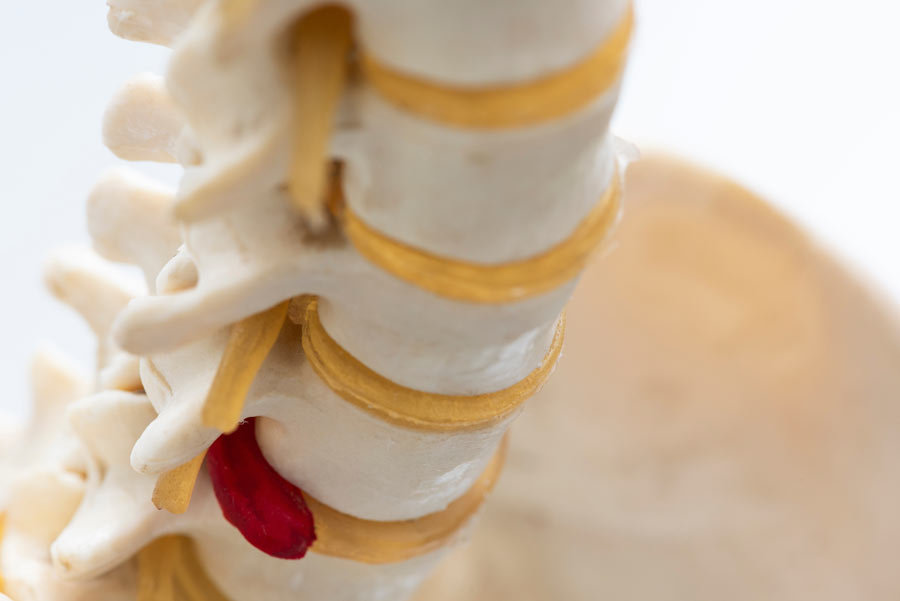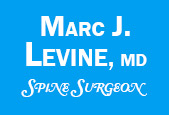
21 Feb Spine Surgeon Research Focus: Cervical Disc Replacement and Patient Experiences
Spine surgery isn’t standing still. In 2025, it’s charging forward—pushed by cutting-edge tech, FDA trials, and a burning need to redefine patient care.
Dr. Levine: Making Surgery Smarter
Dr. Marc Levine is on a mission to make spinal implant placement as accurate as possible. In spinal surgery, even the smallest misalignment can mean the difference between relief and regret. Traditional imaging—fluoroscopy, pre-op CT scans—has done a decent job so far, but Levine wants more.
He’s exploring how these imaging techniques can merge with real-time intraoperative CT scans, creating a navigational roadmap right there in the operating room. Add robotic technology into the mix, and the surgeon’s hand is steadier than ever.
This isn’t just about being precise for precision’s sake. Better placement means fewer complications, less pain, and faster recoveries. It’s the kind of progress that doesn’t just tweak a process—it reshapes the entire experience for patients and surgeons alike.
Fewer Hospital Stays
More surgeries are moving out of hospitals. Research shows patients can recover just as well—and sometimes even better—at home. It’s a shift that saves money, frees up hospital space, and improves patient comfort.
How Patients Think, How Surgeons Work
Patients don’t just think in percentages. Fear, family, and lifestyle all play into their decisions. New research is uncovering how people perceive risk, helping doctors guide them better. Meanwhile, studies on surgical ergonomics are finding ways to protect surgeons from injury—because a surgeon in pain can’t perform at their best.
The Macro Shift in Spine Surgery
Across the field, the landscape is changing fast. AI-driven diagnostics. Global spinal cord injury studies. Cost-cutting without cutting corners. The field is evolving, and research is the driving force.
The real question? Can science keep up with the surgeons leading the charge?

